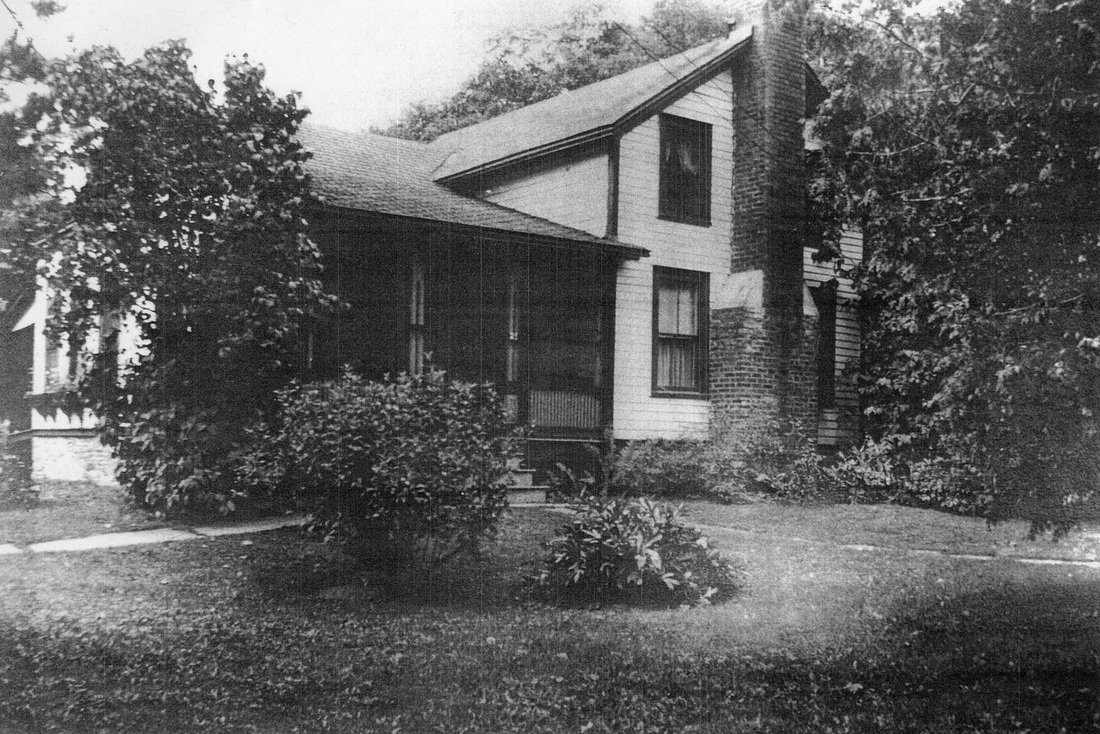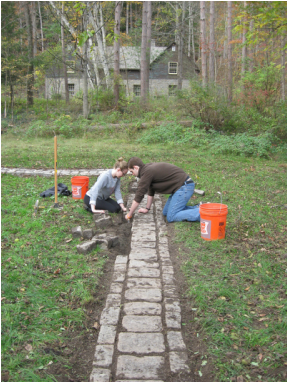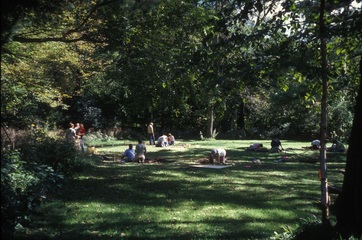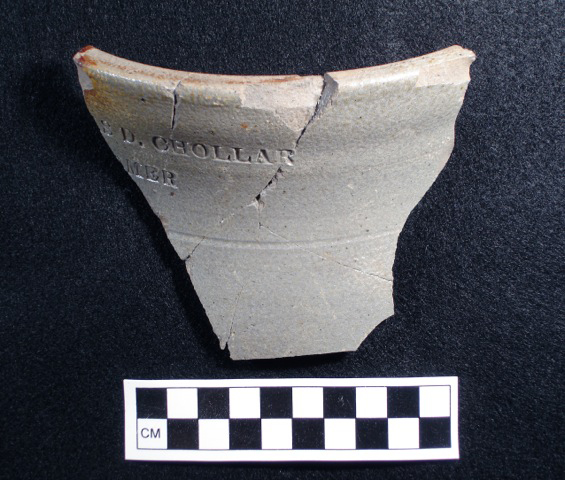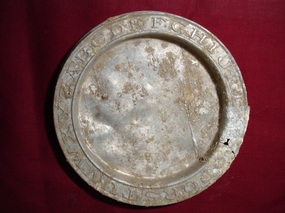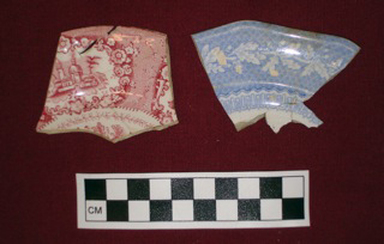The Budd House - The Blacksmith and the Postmaster
At Enfield Falls, Charles Budd built this home in 1853 while working as the hamlet’s blacksmith. His blacksmith shop was near the house. Charles Budd also served as the local postmaster. During the 19th century, mail was not yet delivered house-to-house. Instead, mail was delivered weekly to each community’s postmaster. Members of the community would gather at the post office to exchange news and catch up with friends when they picked up their mail. At Enfield Falls, the post office was located in the parlor of the Budd House from 1882 to 1902. After 1902, the postal service introduced home delivery of mail and brought an end to rural post offices like those at the Budd house.
After Charles Budd died in 1896, his wife Deborah was appointed postmaster of Enfield Falls. In the 19th century, this appointment was significant because when there were very few professional positions were open to women. As women could neither vote nor run for political positions, Deborah Budd was appointed by men elected to positions in the county government.
After Charles Budd died in 1896, his wife Deborah was appointed postmaster of Enfield Falls. In the 19th century, this appointment was significant because when there were very few professional positions were open to women. As women could neither vote nor run for political positions, Deborah Budd was appointed by men elected to positions in the county government.
|
When the hamlet of Enfield Falls became a state park in the 1920s, the Budd House became a home for park staff. The building was demolished in 1979. In 2005, Cornell University students began excavations at the Budd House. The first artifacts unearthed during the excavations dated from the time when the house was used as a home for park staff. Artifacts from lower soil levels are material that was discarded by the Budd family.
|
As part of the Friends of Robert H. Treman's efforts to increase public awareness of the rich history of the park the foundation of the Budd House was outlined in grey granite pavers following the completion of the excavation. These pavers replaced the original rough sandstone that was placed in 1979 to mark the approximate location of the foundation. Despite supposedly marking the location of the foundation, the 2005 excavations revealed that the sandstone markers were off by several feet. The inaccurate placement was corrected when the grey granite pavers were put in by Cornell students. The Budd House is one of several sites that now make up the self-guided walking tour of the hamlet of Enfield Falls.
|
Artifacts of a Village Postmaster
|
As the postmaster for Enfield Falls the Budd family held a prominent status in the social world of the hamlet. This prominent status was reflected in the quality of artifacts archaeologists found at the Budd site. Ranging from fine decorated porcelain to elegant whitewares the material goods uncovered expressed a middle class identity.
Following the transition of Enfield Falls to a State Park the material culture likewise changed as different park staff families occupied the house over the course of 50 years. One of the unique artifacts found was a metal alphabet plate. The artifact was no doubt used by the child of one of the park staff who lived in the Budd House sometime between 1920 and 1979. The dish fragments at the Budd House are primarily from blue transfer-printed dishes but not from the same pattern. It is possible that family could not afford to purchase an entire set of matching dishes and instead purchased the dishes individually or as remainders of sets but focused on purchasing blue dishes. There was one blue transfer-printed plate with a maker’s mark; William Adams and Son pottery in England made this plate in 1855. Perhaps newlywed Lucy Budd bought this plate in 1855 for her new home. Charles and his new bride Lucy purchased the Budd House property in 1855. By the 1850s, there were stores in Ithaca selling all types of crockery. It is possible that the Budd family had a few non-blue dishes that were bought simply because they liked the color or pattern on the dish.
Examination of Ithaca newspaper advertisements from the mid and late 19th century indicate that transfer printed whiteware dishes remained popular consumer styles for the duration of the Budd family's occupation of the house. English made ceramics were the most popular types of whitewares which were popular in both urban and rural households. |
One of the gray salt glazed stoneware crocks had the capital letters “ S D. CHOLLAR” on one line and on the next line were the letters “MER” embossed near the rim. Thomas D. Chollar was a potter who worked both in Cortland and in Homer, New York in the mid-19th century and he had his own ceramic factory from 1832-1837 and from 1844-1849. Therefore, this stoneware crock would have made before 1850 and as early as 1832, but it could have been broken decades later.
|
